Thank you for attending our event letter template
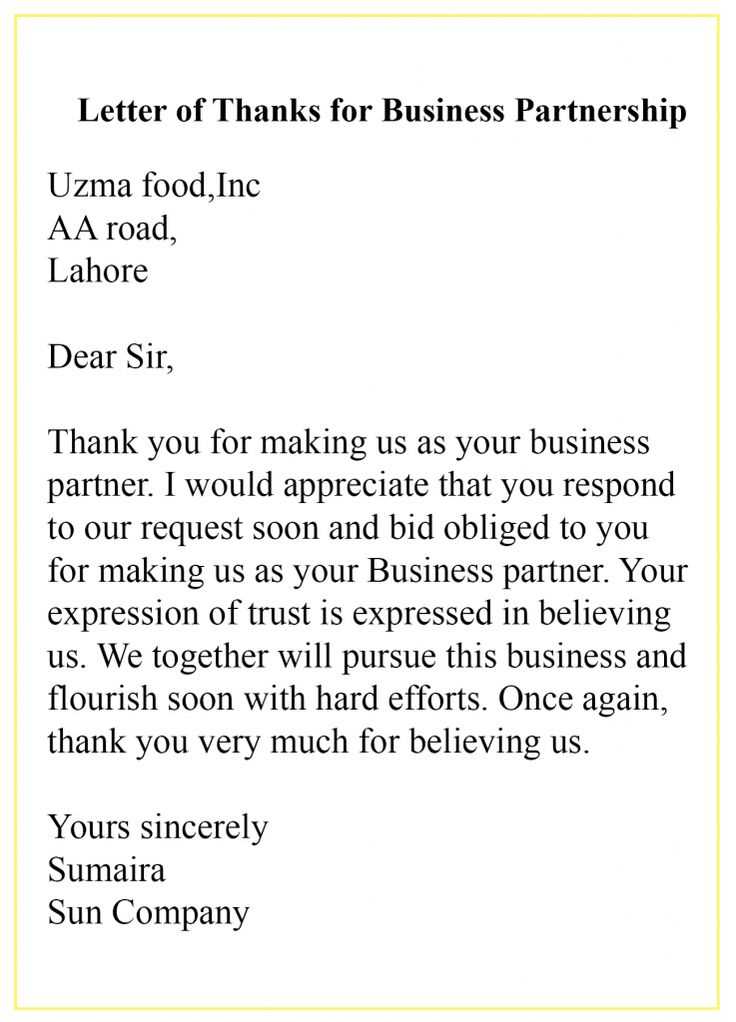
We appreciate your participation in our event and wanted to take a moment to express our gratitude. Your presence made a real difference, and we hope you found the experience valuable. It was a pleasure to connect with you and share insights on topics that matter to us all.
Your feedback is important, and we would love to hear how we can improve future events. Please take a few minutes to share your thoughts with us. This will help us tailor our next event to better meet your needs.
We look forward to seeing you again soon. Stay tuned for updates on upcoming events, and don’t hesitate to reach out with any questions or suggestions. Your involvement means a lot to us!
Thank You for Attending Our Event Letter Template
Expressing gratitude after an event is a simple yet powerful way to show appreciation. A well-crafted thank you letter not only reflects your professionalism but also strengthens the relationship with your guests. Here’s how to craft a message that resonates with your attendees:
Personalize the Greeting
Address your guests by name to make the message feel more sincere. Avoid generic terms like “dear attendee.” A personal touch can leave a lasting impression. For example, “Dear [Name], thank you for attending our recent [event name].” This small detail shows you value their presence and makes the note feel more meaningful.
Highlight Key Moments
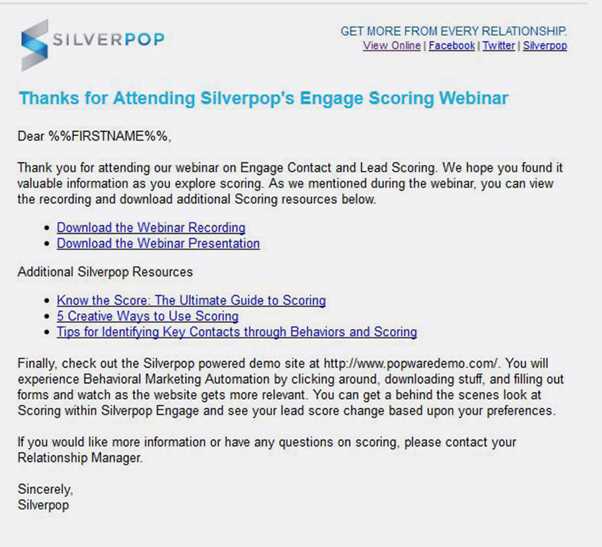
Incorporate specific highlights from the event that might have stood out to your guests. It could be a memorable speaker, an interactive session, or a networking opportunity. This helps recipients feel like they are truly being acknowledged for their participation, rather than just receiving a generic thank you. For instance: “We truly appreciated your engagement during the Q&A session with [speaker’s name].” This reinforces that their participation was noticed and valued.
Keep the tone warm and straightforward. Express your gratitude genuinely, without over-elaboration. Acknowledge their time and effort in attending, while also reminding them of the event’s significance. Close with a clear call to action, like an invitation to stay connected or an announcement about future events. This not only thanks your guests but keeps them engaged with your organization.
Crafting a Personalized Opening for Your Thank You Letter
Begin with addressing the recipient by name. A direct, personal greeting makes the letter feel more intentional. Avoid generic phrases; instead, acknowledge the individual’s role in the event. For example, start with “Dear [Name],” followed by a sincere statement of gratitude specific to their contribution. Mention something memorable about their presence or participation that made an impact. This helps set the tone for the rest of your letter and shows genuine appreciation.
Focus on the specific ways their involvement stood out. If they gave a speech or helped organize, highlight that. Referencing their unique contribution makes the letter feel tailored, not like a template. This personalized approach strengthens the connection between you and the recipient, making the thank-you feel more meaningful.
Keep it warm, but professional. A friendly tone paired with a direct thank-you conveys both respect and sincerity. This approach creates an engaging start to your letter, encouraging the reader to feel valued right away. Avoid broad statements that could apply to anyone, like “Thank you for attending.” Instead, aim for something more specific and personal.
Choosing the Right Tone: Formal vs. Casual
When crafting a thank-you letter after an event, the tone of your message plays a key role in how it’s received. For formal events, such as corporate conferences or professional gatherings, opt for a polished, respectful tone. Address recipients with appropriate titles and use courteous language, avoiding contractions and slang. For example, “We are grateful for your participation” sounds more professional than “Thanks for joining us.” A formal tone demonstrates respect for the occasion and the audience’s position.
For casual events, such as social gatherings or informal meetups, a more relaxed tone works best. You can express gratitude in a friendly and approachable manner. Use first names and simpler phrases like “We had a great time having you with us” or “Thanks for being part of the fun.” This tone should feel personal and warm, without being too stiff or distant. The goal is to maintain a connection while keeping the atmosphere light and enjoyable.
Choosing between a formal or casual tone depends on the nature of the event and the relationship with the attendees. Always aim for consistency with the event’s atmosphere to make your message resonate with your audience.
Expressing Gratitude and Acknowledging Contributions
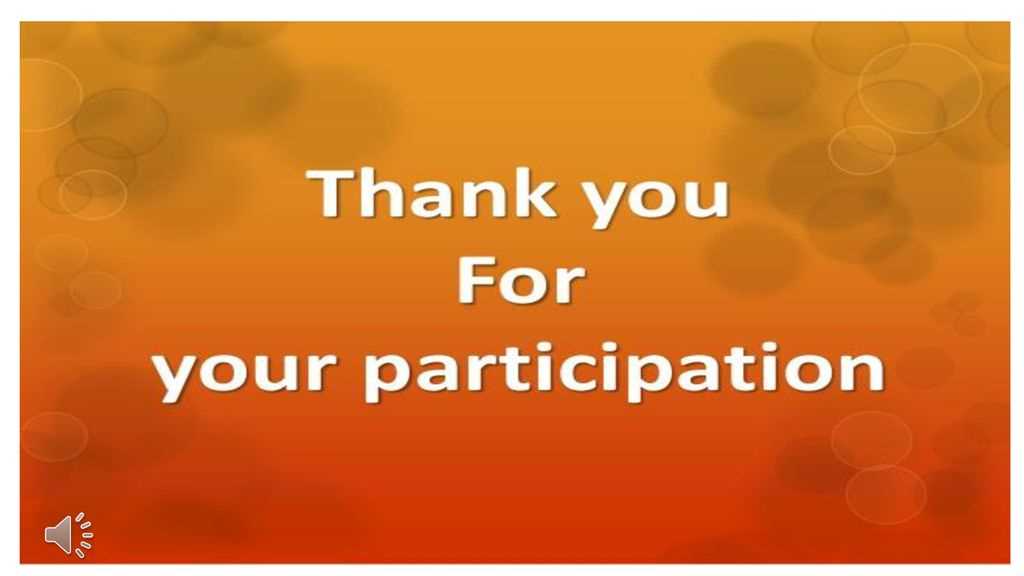
Show sincere appreciation for those who made the event possible. Recognize specific contributions and highlight their impact on the overall success. Whether it was the guest speakers, organizers, or volunteers, acknowledging their dedication adds a personal touch and strengthens relationships.
Highlighting Key Contributions
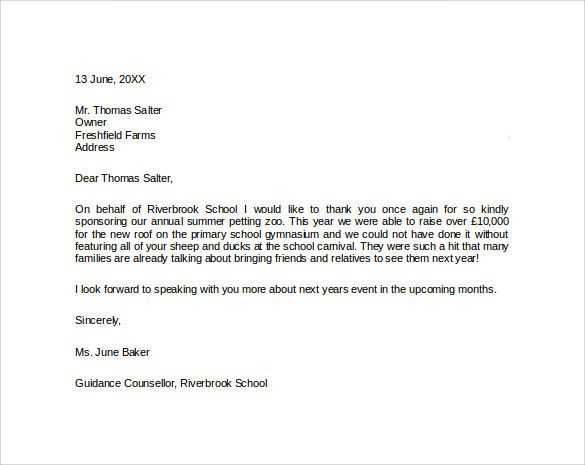
Recognize individuals for their unique roles and the effort they put into the event. For example, you could say, “We deeply appreciate John for his meticulous planning and coordination, which ensured everything ran smoothly.” Providing specifics makes the recognition more meaningful and shows genuine gratitude.
Personal Touches
Incorporate personal remarks to make the thank you more memorable. Acknowledge those who went above and beyond, like the team that worked late or the speakers who shared invaluable insights. This kind of recognition makes the letter feel more heartfelt and authentic.
How to Mention Specific Details from the Event
Start by highlighting a few memorable moments that stood out during the event. This helps recipients recall the experience and creates a personal connection. Reference activities, speeches, or particular interactions that made the event unique.
Focus on Key Highlights
Choose a few key elements that made the event special. Mention an impactful keynote speaker, an engaging discussion, or an unforgettable moment that resonated with attendees. Be concise yet specific.
Personalize the Message
Incorporate personal anecdotes or direct interactions. For example, “It was wonderful discussing ideas with you about the upcoming project.” Such details show appreciation and highlight meaningful connections formed during the event.
- Note any contributions or feedback that stood out from participants.
- Point out a memorable location or setting that enhanced the atmosphere.
- Reference the purpose or outcome of the event, such as new collaborations or goals set.
Inviting Future Engagement or Follow-Up Actions
Encourage your recipients to stay engaged with your company or future events. Clearly state the next steps they can take, whether it be scheduling a follow-up meeting or joining another upcoming event. Make it easy for them to act by providing direct links or clear instructions on how to proceed. Ensure they feel valued and that their participation matters to you.
For example, you might want to offer an exclusive invitation to a webinar or a product demo. This creates anticipation for further involvement and strengthens your connection with them. A brief, action-oriented message is most effective in keeping the momentum going.
| Next Step | Action | Deadline |
|---|---|---|
| Join our next event | Register via the provided link | End of the month |
| Request a demo | Schedule a time through our calendar | Within 2 weeks |
| Provide feedback | Fill out the quick survey | Within 7 days |
By giving recipients clear and easy steps to follow, you’ll encourage them to remain engaged, leading to stronger relationships and more opportunities for collaboration.
Closing Your Letter with a Lasting Impression
To leave a strong final impression, express sincere gratitude for the recipient’s time and attention. Acknowledge their participation in the event and reinforce the value of their involvement. Keep your tone warm and appreciative, ensuring your message feels personal and genuine.
Personalize the Closing
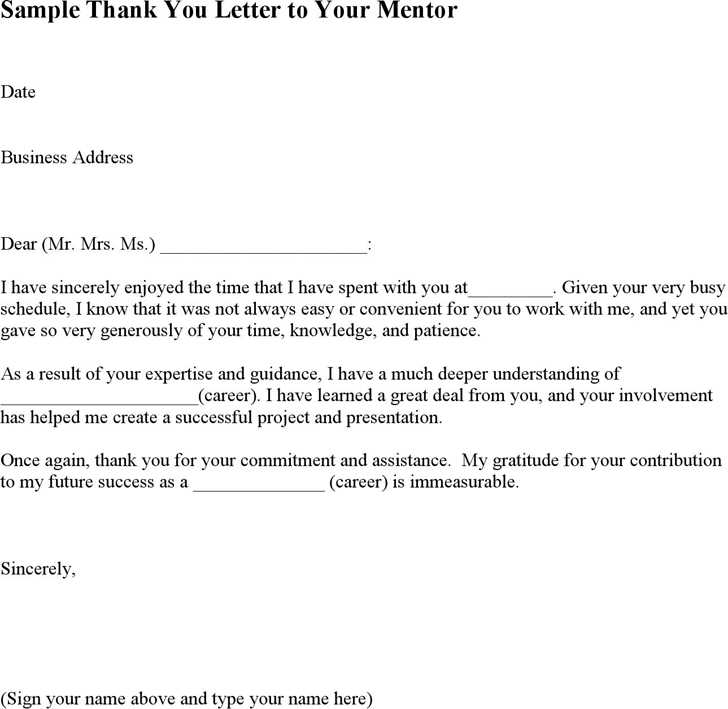
Conclude by adding a personal touch. If applicable, mention specific moments or interactions during the event that were particularly meaningful. This adds authenticity to your closing and demonstrates attentiveness.
Call to Action
End your letter with a clear call to action. Invite the recipient to stay connected, provide feedback, or engage in future opportunities. Be concise and direct, ensuring the next steps are clear and easy to follow.
Example: “We’d love to hear your thoughts and hope to collaborate with you in the future!”
Finish with a friendly closing remark, such as “Best regards” or “Warmest wishes,” followed by your signature to maintain a polished and approachable tone.